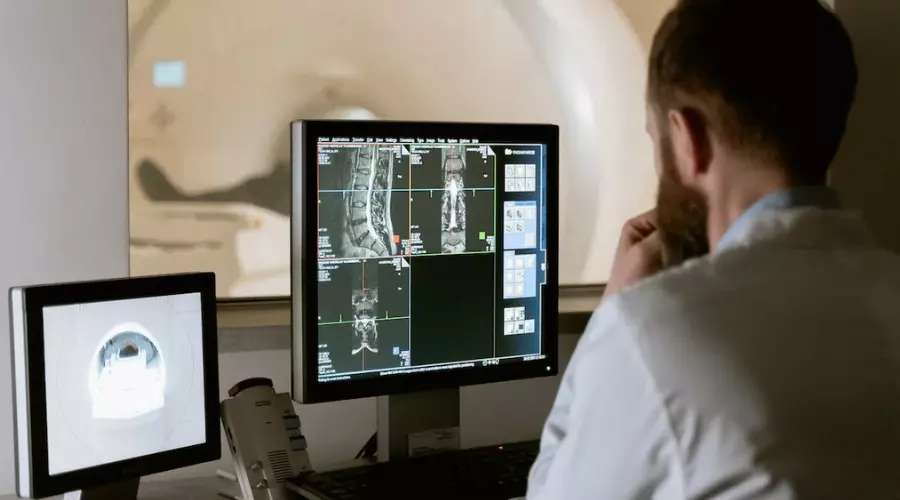Under Social Security Disability Insurance, whether or not neurological disabilities are covered depends mostly on the type of neurological disability and the symptoms and documentation associated with it. The full outline of the disability evaluation under social security can be found by visiting the SSA.gov website. Below is a brief summary of the outline provided on the SSA.gov website and mentions some of the neurological disorders and what is required in order to be covered.
Epilepsy
Convulsive epilepsy must be documented with a detailed description of a seizure pattern along with seizures that occur more than once a month despite being on medicine for three months. They must either be daytime episodes or nocturnal episodes that have residual effects during the day.
Nonconvulsive epilepsy must be documented with a detailed description of a typical seizure pattern along with seizures that occur more than once a week despite being medicated for three months. In addition, there must be loss of consciousness and significant interference in daily behavior.
Central Nervous System Vascular Accident
More than three months post vascular accident, you must have one of the following: sensory or motor problems that result in ineffective communication or disorganization of motor function in two extremities resulting in continuous disturbance of movement.
Parkinsonian Syndrome
Significant shakes or tremors in two extremities that prevent you from normal movements of those extremities.
Cerebral Palsy
Must meet one of the following conditions:
- IQ of less than 70
- Destructiveness or emotional instability
- Significant disruption in communication caused by either a speech, hearing or visual defect
- Lack of organization in motor functions
Multiple Sclerosis
Either disorganization of motor functions, significant and continuous fatigue that results in muscle weakness and can be documented on a physical exam, or you must have a visual or mental impairment.
Amyotrophic Lateral Sclerosis (ALS)
According to SSA.gov, “Diagnosis of ALS is based on history, neurological findings consistent with the diagnosis of ALS, and electrophysiological and neuroimaging testing to rule out other impairments that may cause similar signs and symptoms.” Documentation must include a medical history and neurological finding consistent with ALS.
Anterior Poliomyelitis
Anterior Poliomyelitis can be documented with persistent difficulty in breathing and swallowing, disorganization of motor functions, or unintelligible speech.
Myasthenia Gravis
Documented by having significant motor weakness of muscles when doing repetitive activities against resistance or by having difficulty breathing, speaking and swallowing while on prescribed therapy.
If you or someone you know is suffering from any of the disorders listed above, there are several different treatment centers in the Cleveland and Akron area. The Cleveland Clinic is located at 2049 E. 100th Street and is a nonprofit medical center. Additionally, treatment can be sought at University Hospitals, one of the leaders in healthcare across the nation, which has locations all throughout Northeast Ohio. Lastly, MetroHealth is located in Cleveland and prides themselves on being an integrated health care system. For any individual looking to seek treatment in the Cleveland area, these three centers will be more than able to help.







